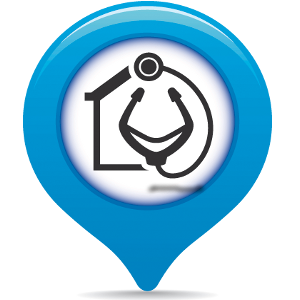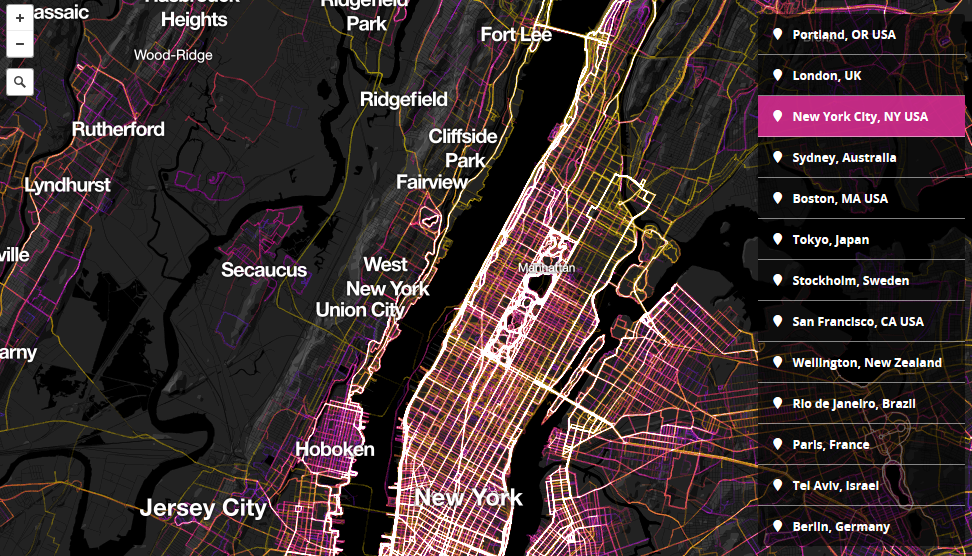
#Fun
#GeoawesomeQuiz 11
Welcome to our GeoawesomeQuiz number 11! Join thousands of Geo Geeks from all around the world who test their Geo-knowledge every week. Every Friday we publish a new test. We don’t promise it will be easy… Are you accepting the challenge?
[mlw_quizmaster quiz=11]

#Fun
#Contributing Writers
#Featured
#Fun
#Ideas
#People
Share Your Insights: Geoawesomeness is Looking for Contributing Writers
#Featured
#Fun
#Ideas
The Geo Geek Gift Guide: 10 Christmas ideas for the geo geek in your life
#Events
#Fun
#GeoDev
#Ideas
Join 6th CASSINI Hackathon. Innovating with Space Technology for International Development & Humanitarian Aid





